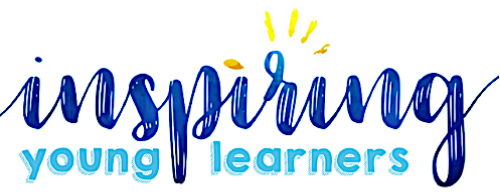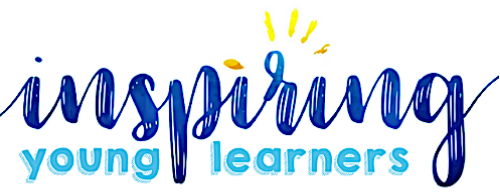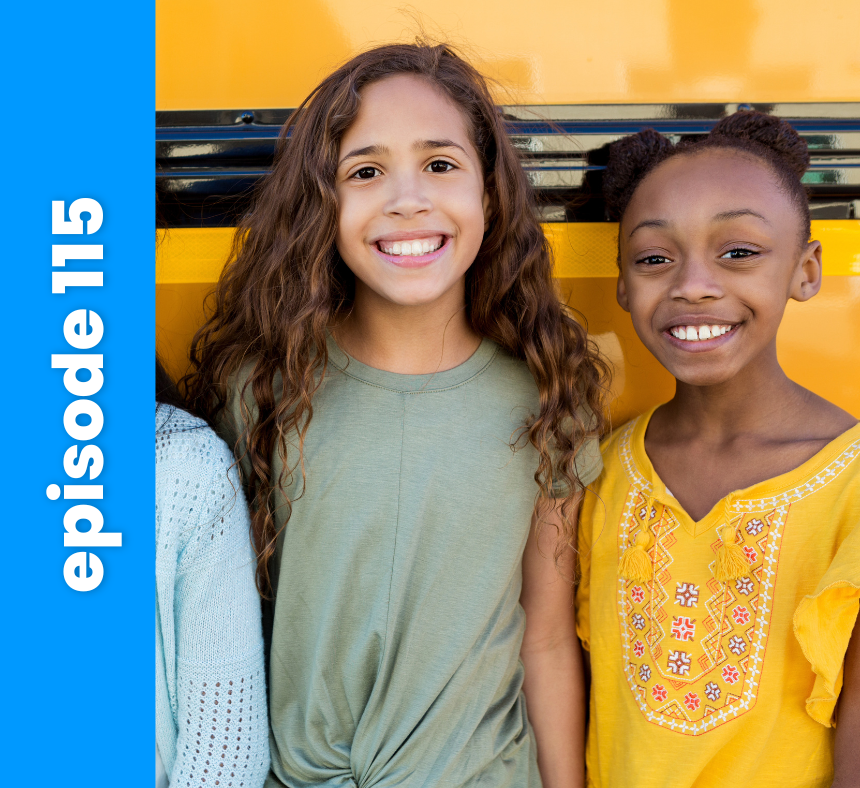Let’s get super practical: What does effective translanguaging look like in a content-area lesson?
In this episode of the Equipping ELLs podcast, we’re delving into a grounhttps://www.fumettoperfetto.it/2021/11/11/hello-world/https://www.fumettoperfetto.it/privacy-policy/dbreaking strategy that can revolutionize how you support bilingualism in your classroom: translanguaging.
Translanguaging might seem like a buzzword, but its potential to enhance language learning is undeniable. It involves leveraging students’ native languages strategically to facilitate understandincarhartt uk mascarilla pelo sebastian jayden daniels jersey gepunktete strumpfhose handcitruspers adidas yeezy 700 v3 astro a50 ps4 and pc dänisches bettenlager lounge set cheap jordan 4 converse blanche et doré Purchase college team jerseys at a discounted price and of high quality babyphone mit alexa verbinden handcitruspers pallone calcio a 11 golf d g and fluency in their second language, English. However, it’s essential to dispel some misconceptions about translanguaging right from the start.
First, translanguaging is not about allowing students to use their native language haphazardly. Instead, it’s a purposeful and intentional approach that bridges the gap between languages. It’s not about replacing English but complementing it by drawing connections between languages and promoting deeper understanding.
At its core, translanguaging acknowledges the fluidity of language and encourages students to tap into their entire linguistic repertoire to construct meaning. By embracing translanguaging, teachers can create an inclusive environment where students feel empowered to express themselves fully and accurately.
But how can you implement translanguaging effectively in your classroom? In this episode we’ll walk through an entire lesson together, displaying how translanguaging can be used effectively to promote success for al students. Here are the highlights:
Imagine you are teaching a unit on explorers and exploration to a diverse group of fifth-grade students with varying language levels.
To begin, provide reading materials in both English and the native languages represented in your classroom. You can use Google Translate or another translating device to literally translate the frontloaded information into the native languages of your students.
Encourage students to read and discuss the content in small groups, allowing them to express themselves freely in their native language while preparing their responses in English.
Facilitate group discussions where students can share their insights and questions in English, fostering a collaborative learning environment. Emphasize the importance of bilingualism by exploring key vocabulary words in multiple languages and encouraging students to label maps and diagrams in both English and their native language.
By incorporating translanguaging into your lessons, you’re not only promoting language acquisition but also helping your students succeed in their content-area lessons. Remember, translanguaging is a journey, and it may require some experimentation and adaptation to fit your classroom dynamics.
As you embark on this transformative approach, we want to encourage you to not be afraid to allow other languages to be spoken in the classroom. Trust in your students’ ability to engage with the material and embrace the richness of linguistic diversity. Together, let’s unlock the full potential of translanguaging to empower our ELL students on their language learning journey.
We’d love to hear about your experiences with translanguaging and how it’s making a difference in your classroom. Connect with us on Instagram and share your stories and insights.
Click the player above to hear the full episode! Until next time, keep empowering and equipping your students for success!
Resources:
- Join the Equipping ELLs Membership (We have everything you need for your school year!)
- Shop our TpT Store for Hundreds of ELL Resources
Connect with Beth:
More about Equipping ELLs:
We all know that teaching isn’t easy, but it doesn’t have to be this hard. Equipping ELLs is a podcast for both ESL specialists and homeroom teachers who are looking for effective and engaging ways to support their English Language Learners without adding to their endless to-do list. Tune in each week to hear tips, strategies, and inspirational stories that will empower you to better reach your ELL students, equip them with life-long skills, and strengthen relationships with colleagues and parents.
Your host, Beth Vaucher, is the founder of Inspiring Young Learners. She is an ESL certified homeroom teacher with over 10 years of experience teaching in the US and internationally. Her background of M.Ed in ESL and Curriculum and Instruction combined with her experience has led her to develop a bestselling newcomer curriculum that has sold in over 90 countries around the globe. She brings a different perspective to teaching ELLs from her years teaching and living abroad and working with ELLs from around the world. You will walk away from each episode with the ideas and tools you need to transform your experience as a teacher and cultivate a thriving and welcoming environment for your ELL students.



